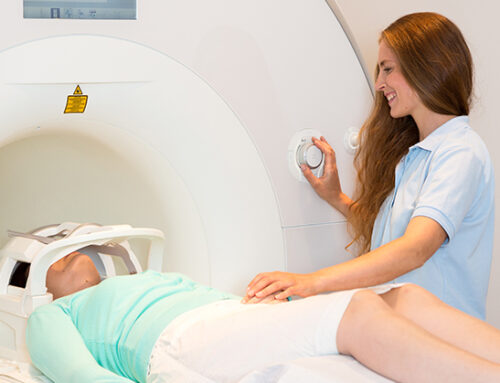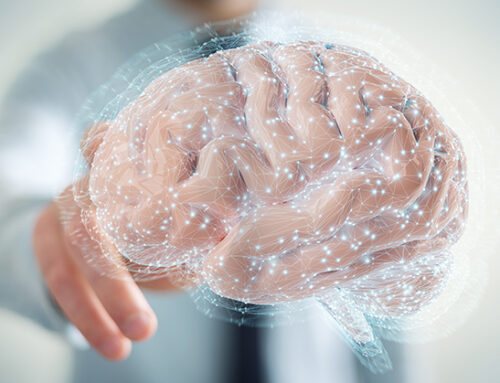Stress is a brain killer. It can jumble your thoughts, make it harder to learn new information, and blur your memory.
And as researchers keep delving into the mysteries about how stress can warp health and mess with our minds, they are placing a major focus on its effect on energy production in cells.
On the plus side, their studies are uncovering the most effective ways to keep stress from derailing your mood and your ability to stay mentally sharp.
Your Cell’s “Batteries” do Way More Than Make Energy
In this research, scientists are coming to the realization that many of the brain changes linked to stress originate in the mitochondria – the organelles within cells that produce their energy and make them go. A typical cell has from one to two thousand of these little “batteries.”
The studies of mitochondria show that they are more than mere energy producers.
In fact, mitochondria perform a wide range of activities that include communicating with each other about changes going on in the body, shifting the way genes behave in cells, and influencing the way neurons link up and communicate with each other in the brain.1
The synapses in the brain, the areas where neurons pass signals to each other, are packed with mitochondria. I didn’t realize that until I was working on this article. I always figured the mitochondria were in the main body of the cells, not in these intercellular “telegraph lines.”
Now researchers believe that when your mitochondria do their jobs properly, the signals between neurons stay strong. But if the mitochondria weaken, the signals weaken.2
Stress Can Weaken the Mitochondria
Tests at the Center for Mitochondrial and Epigenomic Medicine at The Children’s Hospital of Philadelphia, for example, demonstrate that stress causes mitochondria to both reduce the amount of energy they release to cells and send out signals that alter protein production in the cell. The result is mitochondrial behavior that can cloud memory.
The brain is an energy hog. As researcher Douglas Wallace notes, the brain is an energy-hungry organ that depends on fine-tuned mitochondrial function to keep working the way it should – “The brain, constituting only two percent of human body weight, consumes 20 percent of the body’s energy. Hence, mild variations in mitochondrial bioenergetics will have significant effects on the brain.”
Research at Brigham Young University (BYU) confirms that stress – especially chronic stress that continues day after day – weakens the synapses and connections among neurons in the hippocampus, the part of the brain considered by many to be the brain’s memory center.
Simple Secret to Keeping Mitochondria Normal
According to the BYU researchers, memories form and become reinforced in the hippocampus when the synaptic links among neurons grow stronger over time. The process that strengthens the links is called long-term potentiation (LTP).
While chronic, never-ending stress can disrupt the mitochondria and weaken these synaptic bridges between neurons, the BYU scientists have found that exercising during a period of stress can keep LTP levels normal.3
“The ideal situation for improving learning and memory would be to experience no stress and to exercise,” says researcher Jeff Edwards. “Of course, we can’t always control stress in our lives, but we can control how much we exercise. It’s empowering to know that we can combat the negative impacts of stress on our brains just by getting out and running.”
If you do use exercise to help you cope with stress, a study at the New England College of Osteopathic Medicine shows that a walk or run with a group, rather than always going out on your own, improves your stress relief.4The social interactions, say these scientists, “pays dividends beyond exercising alone.”
That makes a lot of sense to me. As I’ve said in these pages many times, exercise and social interaction are two of the most powerful tools for maintaining memory and brain health. Doing both at once makes a great recipe for stress reduction.







